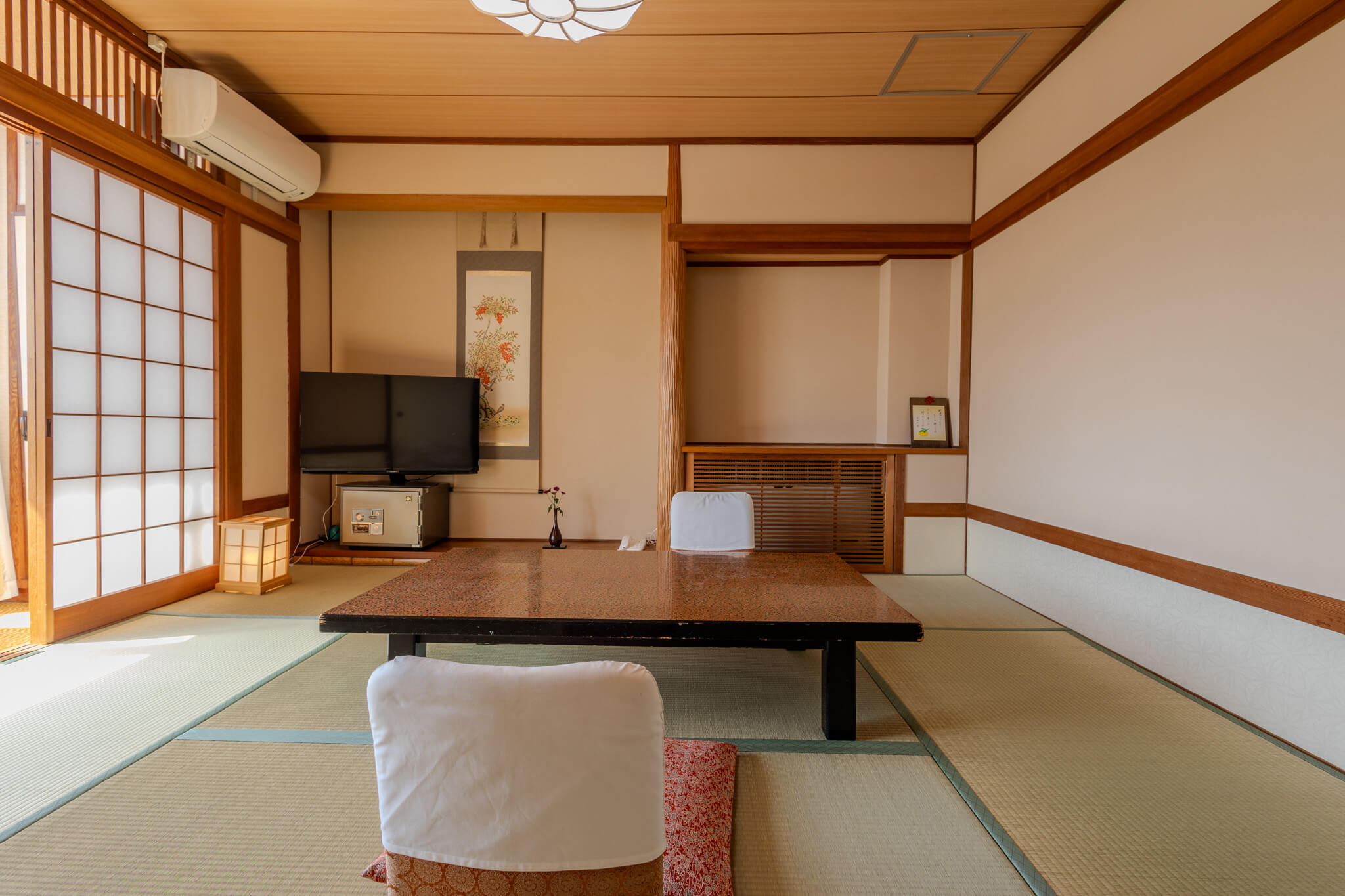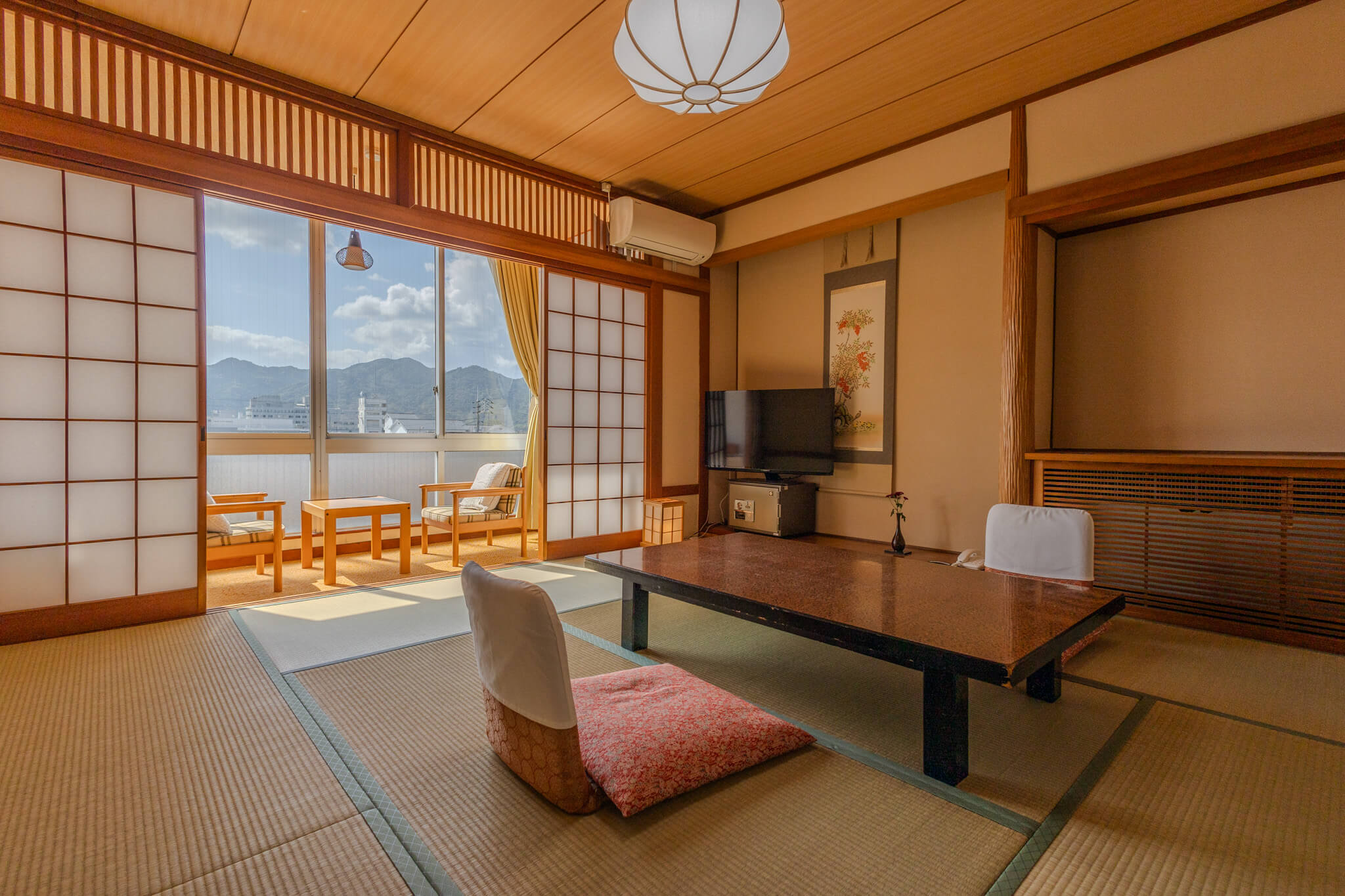ブログ
VISIT JAPAN 萩観光案内所通信
JNTO recommend 3 day model trip in Japan
Hagi is one of the best model trip when you visit kyoto,osaka,hiroshima.
show below
http://www.jnto.go.jp/eng/arrange/attractions/rtp/setouchi/day3.html



The next place we have come to is Hagi, a castle town facing the Japan Sea. Hagi has a population of about 50,000, and is a delta sandwiched between Hashimoto-gawa River and Matsumoto-gawa River, which flow into the Japan Sea. For about 260 years from the beginning of the 17th century to the latter half of the 19th century, Hagi flourished as the center of this region. Lots of samurai houses remain in the city, which still has an air of the past about it. It is one of a number of historic cities in Japan. It is also the production center for a kind of pottery called “Hagi-yaki”, which has a tradition dating back to the end of the 16th century. Hagi-yaki uses rough clay, and has a simple feel. It was once used to make pots for feudal lords, and was beyond the reach of normal people. But from the 20th century, Hagi-yaki has been used to make items for daily use, and lots of pottery fans visit here from around the country.

To see the sights of Hagi, we are using “Hagi Junkan Maru Bus”, a circular bus. This was planned for the convenience of townsfolk, the elderly and tourists, and costs 100 yen a ride no matter where you get on and off. There are two routes, eastwards and westwards, and buses on both of them leave at intervals of 30 or 40 minutes.

We have come eastwards on the Hagi Junkan circular bus, and headed for Shoin-jinja Shrine, which is dedicated to Yoshida Shoin, a 19th century samurai and thinker. Hagi is known for having produced a large number of people who contributed greatly to the modernization of Japan in the mid-19th century, and Yoshida Shoin was the teacher who taught them. Shokasonjuku, a wooden house in the shrine precincts, was the school building at the time. Japan was closed to the outside world in this era, and Shoin hatched a plan to stowaway in order to get to know circumstances in foreign countries. But he failed, was arrested, and confined to prison.

To the east of Shoin-jinja Shrine is Toko-ji Temple, an old temple built in the 17th century that serves as the Mori family shrine. The general gateway is painted in red ocher, and has three roofs on different levels. When you pass under this, you come to a dignified two-storied gate built in the irimoya-zukuri(hipped and gabled roof) style. If you walk further into the precincts, there is a belfry designed in the style of a Chinese temple, and beyond that the main temple decorated in a Chinese style. The highlight is the more than 500 stone lanterns behind the main temple. These were donated by vassals, who placed them before the graves of the Mori feudal lord and his wife. They show the depth of loyalty these vassals felt.
Now we have changed to the westward circular bus, and gotten off in the castle town. Samurai and appointed merchants used to live in this part of town during the era of the Mori family, and quite a number of the streets are just the same as they were on maps of that time. There are white mud walls stretching on both sides of the street, and you can see inside the entrances to some private houses with tiled roofs. The especially beautiful residence built in the style of a warehouse is the Kikuya-ke Jutaku – the Kikuya family residence. Inside is a display of around 5,000 period items like utensils and clothes.
To the southwest of Kikuya-ke Jutaku, in the area that used to be near the castle, were the residences of the high-class samurai. In order to prevent enemies invading, the streets are formed with right angular corners in the shape of a swastika. This is called a “bent key” design, and certainly gives one the illusion of having become lost in a maze. There is almost no modern architecture in this neighborhood, and it manages well to convey the atmosphere of that era. Above the well cared for mud walls are fruit trees heavy with natsu-mikan (mandarin), a Hagi specialty.
The last place on our walk is Shizuki-koen Park, which was once the site of the feudal lord’s castle. These ruins are of a castle that was built at the foot of Mt. Shizuki-yama, which juts out into the Japan Sea, and are now part of a park. The stone wall surrounding the park dates from the time of the castle, and gives one a feel for how strong the castle was. Inside the park are two teahouses and a shrine dedicated to the feudal lord of the Mori family. On the east side are two cobblestone walls, which now form the Kiku-ga-hama view spot for looking out over the Japan Sea. In contrast to Seto-naika Inland Sea, the Japan Sea is a masculine sea, which sends rough waves breaking on the shore. Because the Japan Sea is like this, Kiku-ga-hama beech feels gentle as it is in a quiet inlet. I felt that this had something in common with Hagi-yaki pottery with its deep color tones, and the natsu-mikan (mandarin) and flowers blooming over the mud walls of the samurai houses. This trip taking us from the Seto-naikai Inland Sea to the Japan Sea has shown us the richness of Japan’s nature and the variety of ways in which Japan’s traditional culture adapted to nature and the environment.
萩観光のランチ、ホテル、宿泊、萩 法事料理、萩仕出し料理のご指名は
The next place we have come to is Hagi, a castle town facing the Japan Sea. Hagi has a population of about 50,000, and is a delta sandwiched between Hashimoto-gawa River and Matsumoto-gawa River, which flow into the Japan Sea. For about 260 years from the beginning of the 17th century to the latter half of the 19th century, Hagi flourished as the center of this region. Lots of samurai houses remain in the city, which still has an air of the past about it. It is one of a number of historic cities in Japan. It is also the production center for a kind of pottery called “Hagi-yaki”, which has a tradition dating back to the end of the 16th century. Hagi-yaki uses rough clay, and has a simple feel. It was once used to make pots for feudal lords, and was beyond the reach of normal people. But from the 20th century, Hagi-yaki has been used to make items for daily use, and lots of pottery fans visit here from around the country.

To see the sights of Hagi, we are using “Hagi Junkan Maru Bus”, a circular bus. This was planned for the convenience of townsfolk, the elderly and tourists, and costs 100 yen a ride no matter where you get on and off. There are two routes, eastwards and westwards, and buses on both of them leave at intervals of 30 or 40 minutes.

We have come eastwards on the Hagi Junkan circular bus, and headed for Shoin-jinja Shrine, which is dedicated to Yoshida Shoin, a 19th century samurai and thinker. Hagi is known for having produced a large number of people who contributed greatly to the modernization of Japan in the mid-19th century, and Yoshida Shoin was the teacher who taught them. Shokasonjuku, a wooden house in the shrine precincts, was the school building at the time. Japan was closed to the outside world in this era, and Shoin hatched a plan to stowaway in order to get to know circumstances in foreign countries. But he failed, was arrested, and confined to prison.

To the east of Shoin-jinja Shrine is Toko-ji Temple, an old temple built in the 17th century that serves as the Mori family shrine. The general gateway is painted in red ocher, and has three roofs on different levels. When you pass under this, you come to a dignified two-storied gate built in the irimoya-zukuri(hipped and gabled roof) style. If you walk further into the precincts, there is a belfry designed in the style of a Chinese temple, and beyond that the main temple decorated in a Chinese style. The highlight is the more than 500 stone lanterns behind the main temple. These were donated by vassals, who placed them before the graves of the Mori feudal lord and his wife. They show the depth of loyalty these vassals felt.
Now we have changed to the westward circular bus, and gotten off in the castle town. Samurai and appointed merchants used to live in this part of town during the era of the Mori family, and quite a number of the streets are just the same as they were on maps of that time. There are white mud walls stretching on both sides of the street, and you can see inside the entrances to some private houses with tiled roofs. The especially beautiful residence built in the style of a warehouse is the Kikuya-ke Jutaku – the Kikuya family residence. Inside is a display of around 5,000 period items like utensils and clothes.
To the southwest of Kikuya-ke Jutaku, in the area that used to be near the castle, were the residences of the high-class samurai. In order to prevent enemies invading, the streets are formed with right angular corners in the shape of a swastika. This is called a “bent key” design, and certainly gives one the illusion of having become lost in a maze. There is almost no modern architecture in this neighborhood, and it manages well to convey the atmosphere of that era. Above the well cared for mud walls are fruit trees heavy with natsu-mikan (mandarin), a Hagi specialty.
The last place on our walk is Shizuki-koen Park, which was once the site of the feudal lord’s castle. These ruins are of a castle that was built at the foot of Mt. Shizuki-yama, which juts out into the Japan Sea, and are now part of a park. The stone wall surrounding the park dates from the time of the castle, and gives one a feel for how strong the castle was. Inside the park are two teahouses and a shrine dedicated to the feudal lord of the Mori family. On the east side are two cobblestone walls, which now form the Kiku-ga-hama view spot for looking out over the Japan Sea. In contrast to Seto-naika Inland Sea, the Japan Sea is a masculine sea, which sends rough waves breaking on the shore. Because the Japan Sea is like this, Kiku-ga-hama beech feels gentle as it is in a quiet inlet. I felt that this had something in common with Hagi-yaki pottery with its deep color tones, and the natsu-mikan (mandarin) and flowers blooming over the mud walls of the samurai houses. This trip taking us from the Seto-naikai Inland Sea to the Japan Sea has shown us the richness of Japan’s nature and the variety of ways in which Japan’s traditional culture adapted to nature and the environment.
萩観光でのランチ、ご宿泊、萩 仕出し料理、萩 法事料理 歓送迎会
のご指名、ご相談は
HOTEL AND RESTAURANT TAKADAI HAGI


